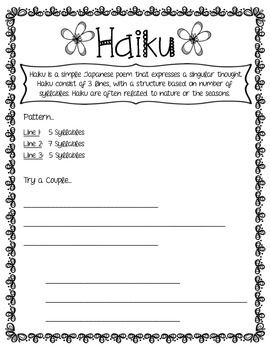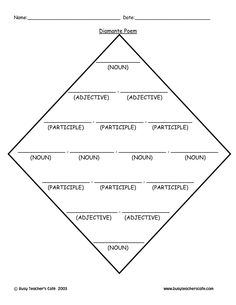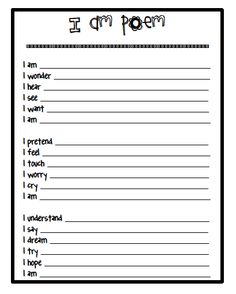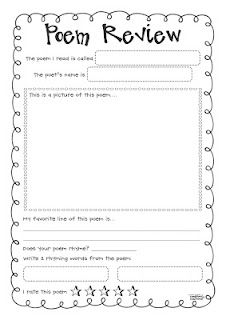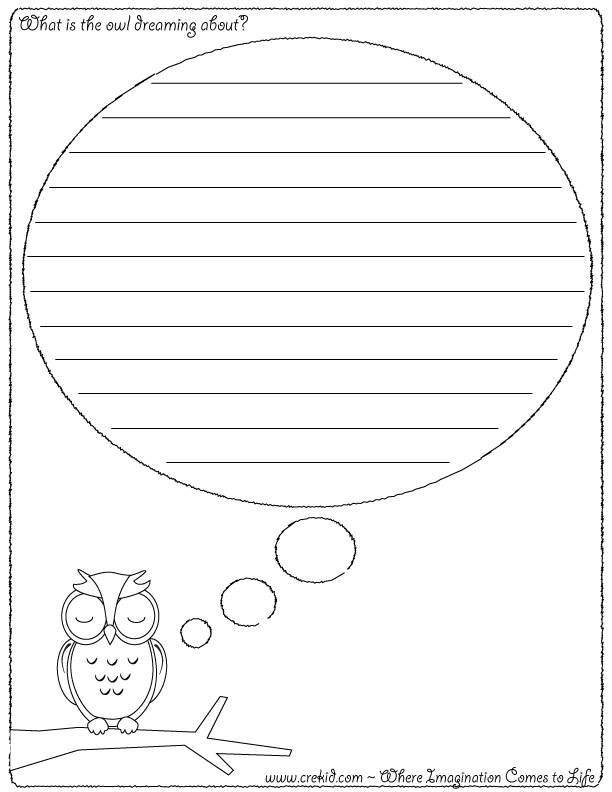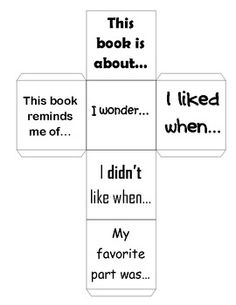Part One
a. Bibliographic information (in APA format) including author, title, illustrator, publisher, and copyright date:
Tan, S. (2006). The arrival. N.p.: Hodder & Stoughton.
Usage information including genre and suggested age or grade level range:
Grade Level: 7-9th
Genre: Graphic Novel
Part Two
Response to the book:
f. Prompts you could use when reading the books with children: How is the use of merely pictures just as powerful as conveying the meaning behind this story as actual words?
Part Three
Critique of the book based on the various components and issues that you will read about in course readings and that we will discuss in class, particularly emphasizing plot, setting, theme, style, and point of view:
Being that the book was ONLY pictures, it was a bit difficult at first to distinguish the storyline and what was actually going on. Looking only at pictures did get a bit boring, and I eventually stopped following along with the story and had to go back and “re-read” parts to understand it. I think because this book has no words, it would be a little hard for students to follow along with. The illustrations were great, but with so many, this story easily got hard to follow along with.
Part Four
Lesson Sketch based on the book that includes a lesson objective, 2-3 discussion questions based on the book, a standards-based lesson activity, and at least 3 links to outside resources, websites, lesson ideas, etc. related to the book that could be used in a lesson or with your future students.
(Check calendar for the week when each blog is due)
Lesson Sketch: A PICTURE’S WORTH A THOUSAND WORDS
Objective: The 8th grade students will choose five pictures in the book and write a four paragraph essay distinguishing what is occurring in the pictures, as well as how the illustrations convey the authors feelings towards immigration. The paragraphs should elaborate on the significance of what is occurring in the scenes and why the author chose these specific moments to illustrate the occurrence/moment.
Grade: 8th Grade
Standards Addressed:
Literary Response/Analysis-
3.4 Analyze the relevance of the setting (e.g., place, time, customs) to the mood, tone, and meaning of the text.
Literary Criticism
3.7 Analyze a work of literature, showing how it reflects the heritage, traditions, attitudes, and beliefs of its author. (Biographical approach)
Writing-
Organization and Focus
1.1 Create compositions that establish a controlling impression, have a coherent thesis, and end with a clear and well-supported conclusion.
1.2 Establish coherence within and among paragraphs through effective transitions, parallel structures, and similar writing techniques.
1.3 Support theses or conclusions with analogies, paraphrases, quotations, opinions from authorities, comparisons, and similar devices.
2-3 Questions:
Can you tell just by looking at the pictures when the rising action occurred? climax? falling action?
Why was the use of illustrations so significant to this story?
Do you think you would picture the story the same if it had been written and had no pictures?
*Use the following pictures to aid in questions:
Links:
https://medinger.wordpress.com/2007/10/13/in-the-classroom-thoughts-on-teaching-the-arrival/













